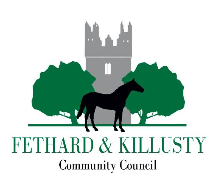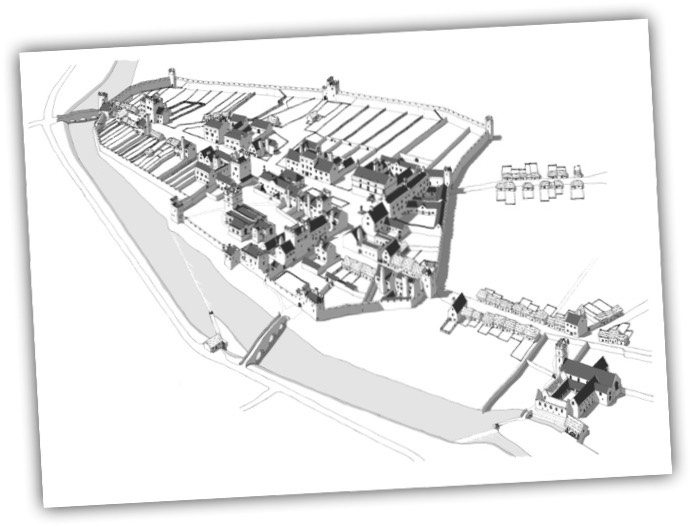P.A.C.Committee - Fethard Plans Administration Committee.
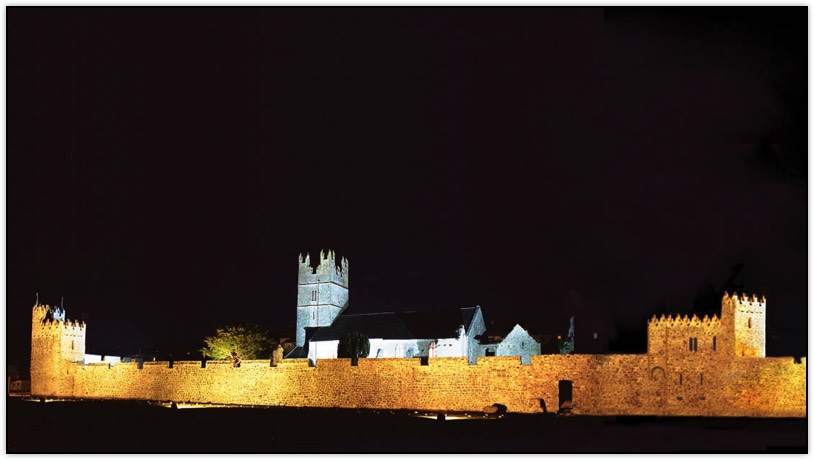
Observations and recommendations from members of Fethard P.A.C. Committee.
Their is needless duplication of paper work ‘year on year’ in the delivery of actual physical work.
The timelines are such that the actual work cannot proceed until autumn each year and then must be completed in a short window when the weather is usually poor. Its always stop/start breaking any continuity.
We are thankful to the local authority staff who process and project manage these operations in these circumstances.
It is our belief that all such projects should be completed in three year cycles.
Where the permissions and paper work would be completed in year one and the actual works completed in year two and three.
This would result in far more resources to complete the work on the ground and in proper working conditions.
Perhaps some day our political establishment will allow our public bodies to spend less of our resources on paper and more on physical applications.
We believe that a continuous maintenance programme for the walls and managed by the local County Council would have yielded a far better result for Fethard Walls.

Fethard Plans Administration Committee members at recent Site Meeting.
Members of Fethard Town Wall Steering committee photographed at Watergate L to R: Tim Robinson, Terry Cunningham, Ivor McElveen (consultant), Jonathan Flood (Executive Planner, South Tipperary County Council), Aidan Doran (Engineer, Ivor McElveen Associates) and Peter Grant. Also present was Joe Kenny.
To promote and increased awareness and understanding of Fethard town walls locally and nationally. To develop the wall as a heritage and potential tourism asset.
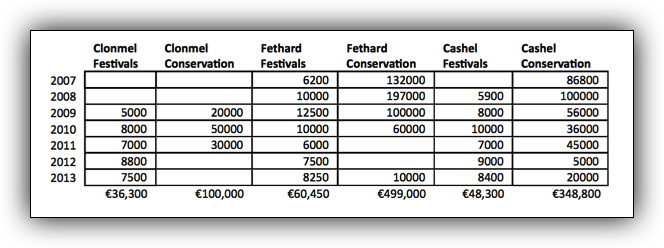
1. Execute stabilisation, repairs, repointing and flaunching of the 15th Century town wall as identified in the Fethard Historic Town Wall Conservation & Management Plan.
These works follow on from the conservation based repair works carried out during 2008-2009 and 2010
Benefits of the project as follows:
•Improvement of the quality of the setting of the town wall.
•Promotion & interpretation of the medieval town wall and its value among the local community and wider public.
-Further enhancement of the stability and integrity of the town wall.
This improvement in heritage infrastructure gives potential for heritage to be a driver of tourism and social and economic development in Fethard.
Also heritage is promoted as a key feature in the urban development of Fethard.
Ministerial Consent from DEHLG currently in place for Sections of Wall.
Ministerial Consent from Department of the Environment, Community and Local Government
is also in place for the marking of the line of the wall in the public roadway.
The necessary consents from relevant landowners are in place to facilitate access to the walls and the undertaking of works.
Enhance the level of public understanding of the town wall
together with enhancement of the town wall as a tourist product.
The interpretative heritage signage for Fethard which is now in place will Improved the potential for and quality of
heritage tourism through developing and improving heritage infrastructure.
The Capital Works Project seeks to carry on the phased implementation of the Fethard Town Wall Conservation and
Management Plans (CMP) through works to conserve, preserve and promote the historic town Walls and their settings.
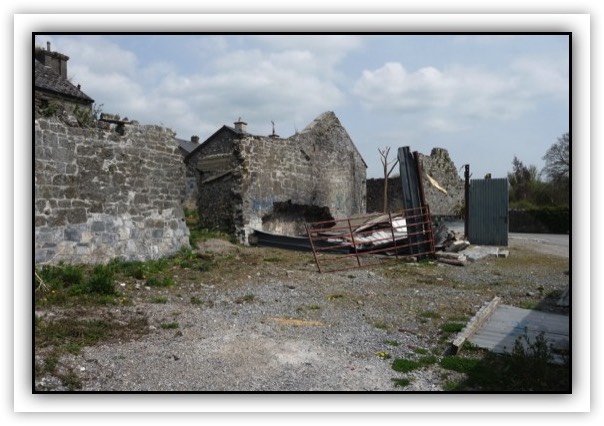
Works being undertaken to improve the visibility of town wall at Bucky Ryan's Fethard
the Irish Walled Towns Network which is a project of the Heritage Council.
Like all public funding the contract is awarded as a result of a public procurement process.
For those of us who are members of the steering committee it is frustrating that we cannot direct work
in favour of local competent contractors.
For this reason we prefer to direct our influence in those areas where we can be of assistance
in progressing the works to achieve the best outcome.
We can only suggest to interested local contractors that they apply to the contractor who
has been awarded a contract, to complete a portion of these works. In this case the contract is of minor value.
However there are other projects in the pipeline which will have substantial budgets.
Over the past few years these works have been processed by a local steering group.
The group is composed of local members of Fethard Community Council, Historical Society,
and members of South Tipperary Co. Council.
Jonathan Flood is Chairperson of Steering committee.
He has co-ordinated the capital works programme's and has great experience in area of procurement.
Eoin Powell Council Engineer with his experience in procurement, construction, health and safety.
and Labhaoise McKenna Heritage Officer has also supported this project.
All appointed Consultants come with Experience in conservation based stone repair,
conservation architecture archaeology, project management.
We are proud of what has been achieved so far and we are very thankful for the work carried out by our chairperson Jonathan Floood Executive Planner who has project managed these works.
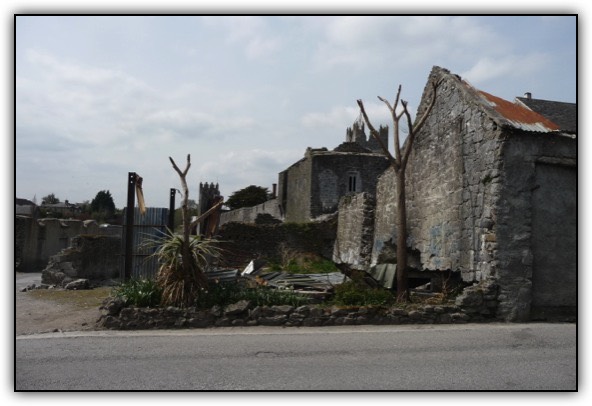
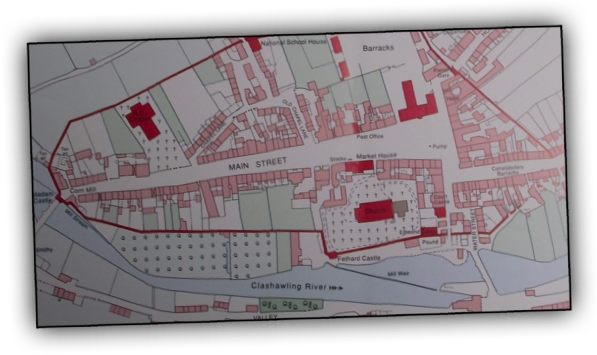
Map of Fethard in 1840
Irish Walled Towns Network Funding 2013 – Capital Works Conditions of Offer
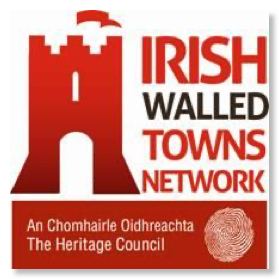
1. If you do not comply with these conditions, the Council will withdraw its grant; you must repay any money you have received under that grant. Acceptance of an offer must be confirmed through the Heritage Council’s online grants system within 1 month of the offer date.
2. The Council's decision to offer you a grant will have been made in good faith, based on the information you supplied. If any of that information was misleading, whether deliberately or accidentally, the Council reserves the right to withdraw its grant; you must repay any money you have received under that grant.
3. Once awarded, grant amounts cannot be increased nor can re-allocation of funds be permitted as it is not compatible with the assessment process.
4.The applicant must contribute at least 10% funding towards each capital project supported by the Heritage Council. 5. In accepting the offer of a grant for your project, you undertake to ensure that:
the lead consultant provides a document, c.500 words, explaining the importance of the walls and the reasons behind the conservation work. This document is to be read to/read by each on-site worker and signed.
your project will have an educational/community interaction programme. At least three actions must take place. Up to 2% of the IWTN allocation may be used to help accomplish these actions.
a temporary sign (minimum size A2) must be erected outside all conservation sites for the duration of works stating that the project is funded by the Irish Walled Towns Network. The IWTN’s logo must be prominently displayed. The IWTN’s website address is to be visible as should be the fact that the IWTN is on Facebook.
the lead consultant must provide the contracting local authority with a maintenance schedule for the section of conserved town walls. The schedule must contain the lime specifications used and drawings showing where the various conservation actions occurred.
if your project involves children, you will comply with the child protection guidelines that are available on www.heritagecouncil.ie/education
all your activities will be carried out in accordance with the law
you have obtained all necessary approvals, permissions, licences or consents
that public procurement requirements will be complied with
all your work will be carried out in accordance with the principles of good heritage practice
you will submit full drafts of all the project's text outputs (for example the text of a book, website or sign) to the Council for approval before publication
all published material (publicity material, progress reports, etc) that is issued in to the public domain must acknowledge the funding provided by the Irish Walled Towns Network and predominately display the IWTN’s logo. you will license the Heritage Council to use project reports and photographs for educational or promotional purposes (with appropriate credits to the authors and photographers)
only expenditure on the agreed work will be funded by the Council's grant
contributions from sources other than the Council will be secured and expended as provided in the project budget the lead consultant be suitably qualified in managing large-scale, complex, conservation projects.
all recording is carried out in accordance with the DoAHG’s Technical Advice Note: Recommended best practice re applications for Ministerial Consent specific to Town Defences
5. To ensure that all conservation recording obligations are complied with, an inventory is to be created by IWTN.
The pre works survey is to be submitted to the IWTN Project Manager and DoAHG by the lead consultant within one month of site work beginning
The lead consultant on all conservation projects is to provide the IWTN Project Manager with a works timeline before beginning showing the expected dates for delivery of the various records.
6. You must make a progress report within two weeks of the estimated midpoint of the works schedule and a detailed final report by 8th November 2013, through the online grants system. As part of the final report you must also upload the following information, (i) a report with before and after photographs, prepared by the conservation consultant supervising works (ii) details of the three educational/community actions undertaken, (iii) a photo of signage with IWTN acknowledgment and (iv) the induction document that was read to all workmen
7. You must make a claim for payment by 8th November 2013, through the online grants system. Copies of invoices that equal 10% or more of the grant award must be uploaded. Professional Fees should not account for more than 15% of the cost of project works. Funding from the Heritage Council’s grant schemes cannot be used for amounts relating to fees that exceed this threshold. (Please note up to 50% of grant award can be claimed with submission of progress report)
All documents uploaded to the online system should be in PDF format and cannot exceed 5mb each.
8. You must provide a Tax Number of your organisation as we are obliged to make a return of all grant payments to Revenue and that Tax Numbers provided form part of this data. If the payment exceeds €10,000, you must supply a copy of a current Tax Clearance Certificate unless the Revenue have issued you with a CHY (charity) number or your organization is a Public Body. This requirement applies to applicants from both outside and inside the state. See www.revenue.ie for details of Tax Clearance Certificates: search the site for "tax clearance certificate".
9. In consideration of the payment of the grant by the Council, you will covenant with and undertake to the Council to indemnify and keep fully indemnified the Council, the IWTN, and the IWTN Project Manager from and against any claims, actions, proceedings, judgments, decrees, orders, directions, liabilities, damages, losses (including but not limited to consequential losses and loss of profits, revenue and/or goodwill) costs and expenses (together with any amount in respect of value added tax thereon arising) suffered or incurred as a direct or indirect consequence of the publication of statements in connection with the project (to include, without limitation, statements in any books, publications, reports or other outputs funded by the grant issued by the Council) which are alleged to be libellous or defamatory (including, without limitation, any professional fees, charges or expenses (together with value added tax thereon as aforesaid) incurred in investigating, obtaining advice with respect to or resisting or appealing any such fines, penalties, awards, claims, actions, proceedings, judgments, decrees, orders, directions, liabilities, damages, losses, costs or expenses).
10. As the Council cannot fund projects retrospectively, the work to be funded by the Council must begin after the Council's offer is accepted in April 2013. And, as the Council cannot roll over funding from one year to the next, all
projects must be completed by 8th November 2013. If the work is not completed on time, the Council reserves the right to withdraw the offer of a grant.
11. You must keep all your records, including your bank statements and original invoices for each grant for three years from the date of the first payment you receive under that grant. You must submit them for inspection and make them available for audit, on demand, by the Heritage Council or its nominee.
12. You will also be expected to provide the Council with a copy of all reports or other informational outputs from your project.
13. You will receive the balance of your grant after the Council has assessed the project work and found it to be satisfactory. That decision will be based upon your detailed final report and upon any inspection of the work that the Council may have carried out at any stage during the lifetime of the project.
14. For grantees who produce financial statements, details of your grant award must be recorded
- the name of the grant making agency i.e. The Heritage Council, the title of the relevant grants programme, the amount
and term of the total grant. Department of Finance Circular No. 17/2010.
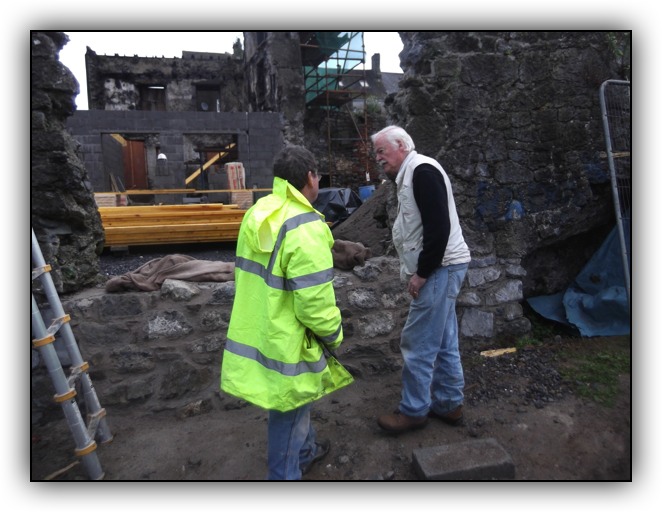



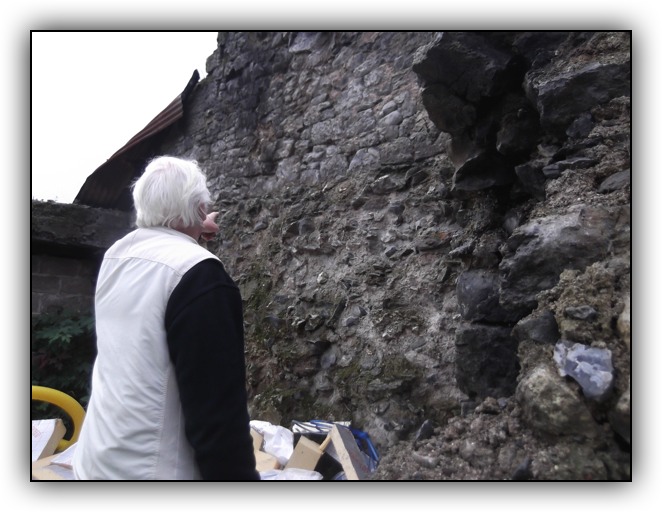
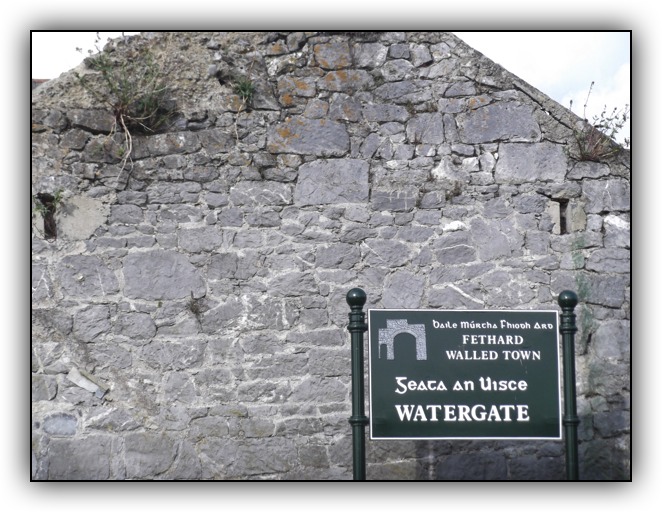

Photographed at the European Walled Town Network visit to Lifford, Co. Donegal, are L to R:Liam Mannix, Co-ordinator Irish Walled Towns Network; Colm Murray, Architecture Officer, Heritage Council; Joseph Gallagher, Heritage Officer, County Donegal; and Terry Cunningham, Fethard Historical Society.
